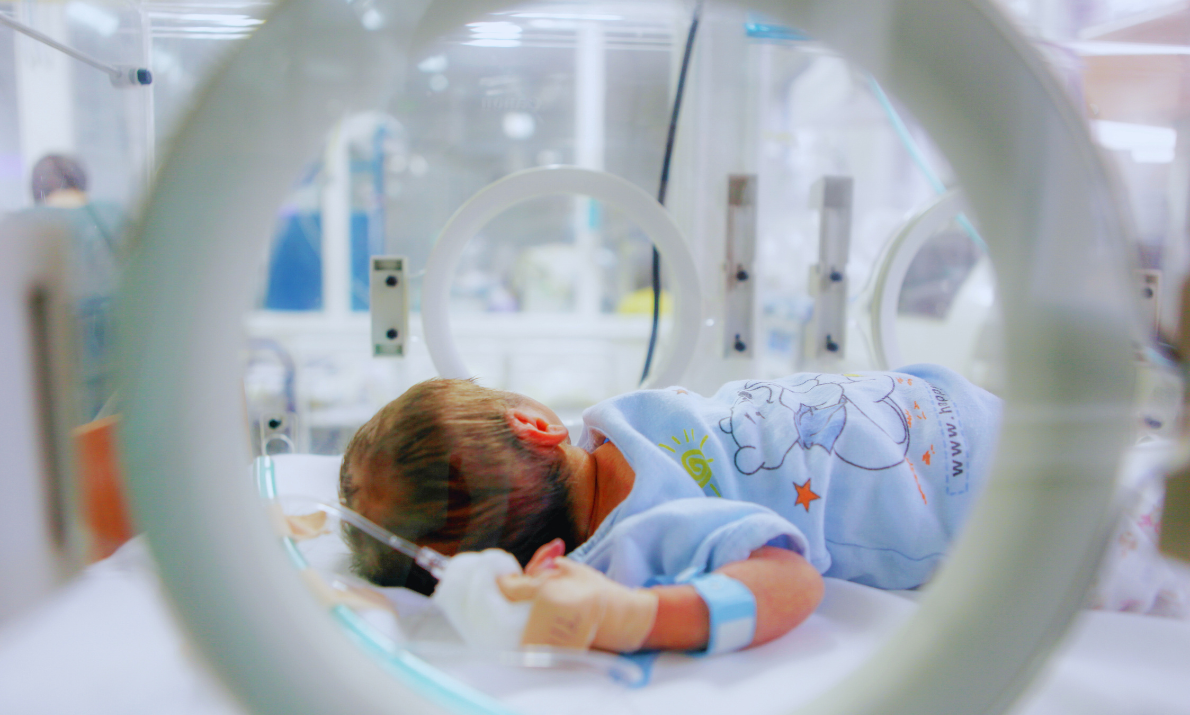Neonatal Care Leave and Pay:
A Guide for Employers Ahead of April 2025

On 6 April 2025, The Neonatal Care (Leave and Pay) Act 2023 comes into force. This legislation gives parents extra time off when their baby requires neonatal care with the aim being to relieve pressure on working parents and ensure they do not lose valuable time from their maternity, paternity, or shared parental leave. The government estimates that around 60,000 parents will benefit from this change each year.
What Is Neonatal Care Leave?
Neonatal Care Leave allows eligible employees to take up to 12 weeks of additional leave when their baby needs extended medical care. This is separate from existing family leave entitlements and is designed to provide extra flexibility during a difficult time.
Who Is Eligible?
Employees can qualify for Neonatal Care Leave if:
- Their baby is born on or after 6 April 2025.
- The baby is admitted to hospital within 28 days of birth and requires continuous neonatal care for at least 7 days.
- They are one of the following:
- An intended parent in a surrogacy arrangement.
- A biological or adoptive parent.
- The partner of the baby’s mother, living with them in a committed relationship.
There is no minimum service requirement for Neonatal Care Leave, meaning employees can take this leave from day one of employment.
In tragic cases where a baby passes away after leave entitlement has been accrued, parents will still be eligible to take Neonatal Care Leave.
What Counts as Neonatal Care?
To qualify, the medical care must begin within 28 days of birth and last for at least 7 continuous days. The care must fall under one of these categories:
- Hospital-based neonatal care.
- Specialist care at home, under the supervision of a consultant.
- Palliative or end-of-life care.
Unfortunately, parents of babies who develop serious health issues after the first month may not qualify under the current framework.
How Much Leave Can Employees Take?
The leave entitlement depends on the duration of neonatal care, up to a maximum of 12 weeks. Employees can take one week of leave for each week their baby receives neonatal care.
For parents of multiple births, neonatal leave is capped at 12 weeks total, even if more than one baby is receiving care at the same time.
When Can Neonatal Care Leave Be Taken?
Employees can take Neonatal Care Leave within 68 weeks of the baby’s birth. Typically, this will be added to the end of maternity or paternity leave. However, the law also provides flexibility for cases where the employee is not on any other family leave at the time.
There are two categories of leave periods:
- Tier 1 Leave: If the leave is taken while the baby is still in neonatal care (or up to one week post-discharge), employees can take it in flexible blocks of at least one week.
- Tier 2 Leave: If taken later, the leave must be taken in a single continuous block.
Neonatal Care Pay: Who Qualifies?
Employees who have worked for at least 26 weeks before the baby’s hospital admission and earn at least £123 per week will qualify for Statutory Neonatal Care Pay (SNCP).
The rate of pay will match Statutory Paternity Pay (currently £172.48 per week or 90% of average weekly earnings, whichever is lower).
Notice Requirements for Employees
Employees must provide notice, including:
- Their name.
- The baby’s date of birth.
- Dates of neonatal care.
- The intended start and duration of leave.
- Confirmation that they are eligible due to their relationship with the baby.
Notice requirements differ depending on when the leave is taken, but employers have discretion to waive formal notice if they choose.
Employment Protections During Neonatal Care Leave
While on leave, employees will retain their usual terms and conditions (except salary). They will also have protection against dismissal or discrimination for taking NCLP.
Additionally, employees who take 6 continuous weeks of Neonatal Care Leave will be covered by enhanced redundancy protections. This means they must be offered suitable alternative employment in a redundancy situation—similar to protections for maternity and adoption leave.
Key Considerations for Employers
Employers should take the following steps to prepare for the new law:
- Review Policies and Payroll Systems -Update parental leave policies and payroll systems to reflect the new statutory entitlement. If you offer enhanced family leave, consider how NCLP fits within your existing benefits structure.
- Understand the Complex Notice Requirements – Employers must track Tier 1 and Tier 2 leave periods and determine appropriate notice requirements. Some may choose to simplify administration by waiving formal notice where possible.
- Track Employee Eligibility for Redundancy Protections – Employees who take over 6 weeks of leave will gain priority status in redundancy situations until their child is 18 months old. Employers must ensure HR teams correctly track this entitlement.
- Be Mindful of Data Protection – Information about a baby’s medical care is sensitive personal data under UK GDPR. Employers must handle this information carefully and respect employee privacy.
- Consider Employee Wellbeing and Support – A neonatal hospital stay can be physically and emotionally draining for parents. Employers should be prepared for potential long-term health impacts and the need for additional flexibility in managing time off.
Final Thoughts
The introduction of Neonatal Care Leave and Pay is a major step forward in supporting working parents during a challenging time. Employers who plan ahead and adopt a compassionate approach will not only comply with the law but also foster goodwill and employee loyalty.
If you need help updating your policies or understanding how this impacts your business, our employment law specialists are here to assist.